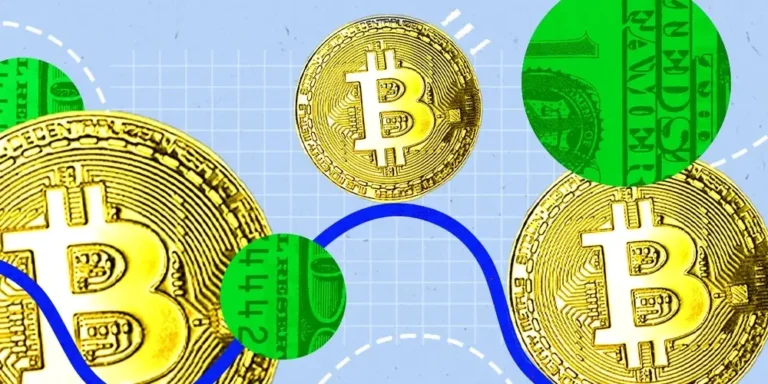‘Big Short’ investor Steve Eisman explains why he refuses to predict another financial crisis

Once-in-a-lifetime trades are called that for a reason.
Just ask Steve Eisman. The ultrawealthy investor made a fortune by spotting the housing bubble before it burst. But by his own admission, he’ll likely never do so again.
Another financial crisis isn’t happening, the managing director at Neuberger Berman told B-17. Not this year. Not next year. Not in 2026. And probably not in the next decade.
“I don’t worry about the financial system anymore,” Eisman said in a recent interview. “A lot of people do — they seem to see it as a crisis a minute.”
Successfully shorting collateralized debt obligations in the mid-2000s changed Eisman’s life forever, and Steve Carell immortalized his decisions in the movie “The Big Short.” But along with the fame, fortune, and respect have come a few annoyances, including a constant chorus of questions about where the next bubble is or when the economy will implode.
“Whenever I go on these shows, it’s like they’re begging me — begging me — to predict the end of the world again,” Eisman said, without being prompted by a question about bubbles.
While the portfolio manager has grown weary of being asked about bubbles, he said he’s more amused by it than irritated. Negativity sells, but Eisman refuses to peddle it.
“If the facts change and I saw something, I would say something,” Eisman said. “But I’m not going out of my way to predict the end of the world when I don’t see the end of the world.”
Where the next bubble isn’t
It’s hard to follow markets without hearing from permabears. These pundits make eye-catching, fear-inducing predictions and cling to them for eternity, or until they come true. These warnings need not change and are occasionally updated based on data that supports their narrative.
One of the most common narratives among permabears is that the US’s national debt burden will become unbearable, causing a global economic disaster. In this scenario, plunging confidence in the US dollar costs the greenback its status as the world’s reserve currency, while US Treasurys shed their value and become worth little more than the paper they’re printed on.
Bearish commentators have sounded these warnings for about four decades, Eisman noted, and they’re unlikely to stop anytime soon. He’s convinced that such a doomsday scenario is unrealistic, as he can’t begin to imagine what could cause the disaster.
“You have an entire global financial system that works, functions, is embedded in the US dollar and US Treasurys,” Eisman said. “It takes a lot to break such a system. And having more federal debt, I don’t think is going to do it. Something really calamitous has to happen, and I just don’t see any of that happening. I just don’t see it at all.”
The US dollar and economy are the backbone of the global financial ecosystem. If they imploded, all the money in the world would need to go somewhere else, and it’s unclear to Eisman where that would be. That makes the US akin to the best house in a bad neighborhood, to borrow a decade-old saying.
“You’d have to have an alternative — some kind of government bond alternative to US Treasurys,” Eisman said. “It’s not going to be China; it’s not going to be Europe; it’s not going to be Brazil. So until something else shows up, there’s no alternative. I don’t spend a lot of time worrying about it.”
And no, crypto bros: Eisman said digital currencies aren’t ready to be a big-scale solution either.
“As much as people like to invest in crypto, the size of crypto — even as big as it’s gotten — is nothing,” Eisman said. He described it as “a pimple” compared with the size of the US Treasury market globally.
Eisman added: “You can’t base a global financial system on a currency that goes up and down every day like a yo-yo.”
Not only is a meltdown off the table, but Eisman says the same is likely true of a run-of-the-mill recession — even though he acknowledges that growth is slowing.
Economic downturns are usually caused by one of three factors, he said: a banking crisis; weak consumer spending, which makes up two-thirds of US GDP; and overinvestment, especially in industrial equipment or technology.
Eisman made clear that a repeat of the financial crisis is off the table since banking regulations have been effective, allowing leverage to leave the system. Similarly, the money manager says consumers aren’t loaded up on debt, which is an encouraging sign.
And while some may equate the tsunami of investment in artificial intelligence to heavy investments in telecom infrastructure during the dot-com boom, Eisman believes it’s an apples-to-oranges comparison. AI may no longer be in its infancy, but he thinks it’s far from bubble territory.
AI’s peak “is still in the distance thoroughly,” Eisman said. “Call me a few years from now, and maybe we’ll have been overinvested. But at this point, I don’t think we’re close.”






